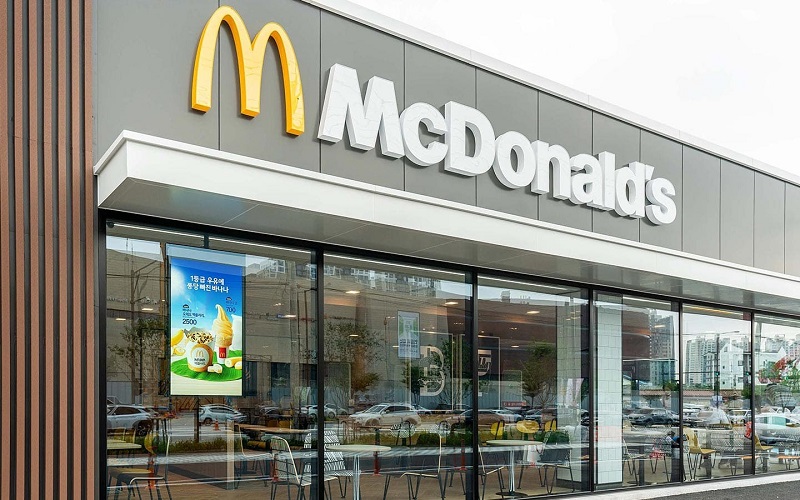Technology Center
Why does the ordinary LCD screen display poorly in the sunlight?
Ordinary LCD displays can be challenging to view in direct sunlight. The sunlight tends to overpower the display's backlight, resulting in reduced visibility and a washed-out appearance. The technical reasons can be attributed to the following aspects.
Transmissive Technology
LCD screens are transmissive displays, meaning they require a backlight to illuminate the screen. When sunlight shines directly onto the screen, it competes with the backlight, reducing the contrast and making it difficult to discern the displayed content.
Polarized Light
LCD panels utilize polarized light to control the liquid crystals and produce images. Sunlight consists of unpolarized light waves that scatter in various directions when they interact with the screen. This scattering interferes with the polarized light used by the LCD, leading to a loss of control over the light passing through and resulting in diminished visibility.
Reflective Surface
LCD screens often have glossy or reflective surfaces, which can exacerbate the visibility issue in sunlight. The glossy surface reflects more light, including sunlight, which further reduces the contrast and makes the screen appear black.
Backlight Brightness
The brightness of the LCD's backlight, while sufficient for indoor viewing, may not be powerful enough to overcome the intensity of sunlight. Sunlight is much brighter than indoor lighting conditions, and the backlight struggles to compete, leading to reduced visibility and a darker appearance.

How to make the LCD screen visible in sunlight?
To improve the visibility of LCD screens in sunlight, we have developed several technologies and techniques. Here are some commonly employed methods:
High-Brightness Panels
Manufacturers create LCD panels with higher brightness capabilities specifically for outdoor use. These panels have increased luminance levels, allowing them to produce brighter images that are more visible in sunlight.
Anti-Reflective (AR) Coatings
Manufacturers apply anti-reflective coatings to LCD screens to reduce the amount of reflected light. These coatings help minimize glare and improve visibility by allowing more of the incoming light to pass through the screen instead of being reflected back.
Optical Bonding
Optical bonding is a technique where a layer of adhesive is applied between the LCD panel and the protective glass or cover. This process eliminates the air gap between the layers, reducing reflections and increasing the overall contrast and visibility of the display in bright environments.
RELATED NEWS
- What are the differences between the industrial panel PCs and commercial all-in- 2022-11-21
- Design principles and benefits of fanless industrial Touch Panel PCs 2022-09-27
- Application and function of AG, AR, AF cover glass in industrial monitor and Pan 2022-09-27
- Waterproof Grades of Stainless Steel Touch Panel PCs – IP65, IP67, IP68, and IP6 2025-06-18
- How to solve the problem of outdoor LCD black screen? 2022-06-29
CATEGORIES
LATEST NEWS
CONTACT US
Contact: John (Business manager)
Phone: 0086-13267019667
E-mail: sales@advanvision.com
Add: B2, Mingjun industrial park, Dalang, Longhua District, Shenzhen, China